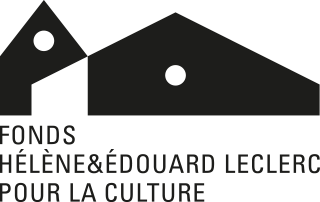- Publié le 02/09/2016
- Par Équipe Médiation
La Guerre, l'exil
C’est à l’invitation du Museum of Modern Art de New York et de Varian Fry, Directeur de l’American Rescue Committee, que Chagall décide, avec son épouse Bella et sa fille Ida, de quitter la France en 1941 pour les États-Unis. Il y retrouvera de nombreux autres artistes qui ont fui la barbarie nazie : Léger, Duchamp, Masson, Zadkine, Breton, Ozenfant. Les compositions de ces années de guerre vécues dans ce nouvel exil sont souvent parées de tonalités sombres, nocturnes. Elles accompagnent de leurs nouvelles sonorités le pouvoir de ce conteur exceptionnel, qui traduit ainsi les soubresauts tragiques que traversent l’Europe et son pays natal.
Following an invitation from the Museum of Modern Art in New York and from Varian Fry, Director of the American Rescue Committee, Chagall decided, together with his wife Bella and his daughter Ida, to leave France in 1941 for the United States. There he found many other artists who had fled the barbarity of the Nazis, such as Léger, Duchamp, Masson, Zadkine, Breton and Ozenfant. The compositions produced during his new exile in these war years often have sombre and nocturnal tones. This new resonance reinforces Chagall’s exceptional power as storyteller, as he provides his own interpretation of the tragic, convulsive events sweeping across Europe and his native Russia.
S'ABONNER AUX NOUVELLES DU FONDS
FHEL
POUR LA CULTURE
AUX CAPUCINS
29800 LANDERNEAU (FRANCE)
02 29 62 47 78





